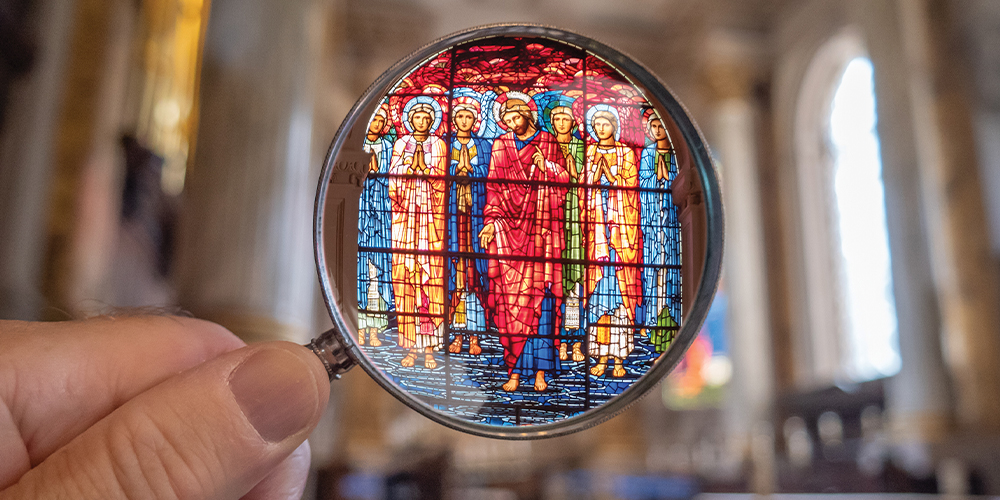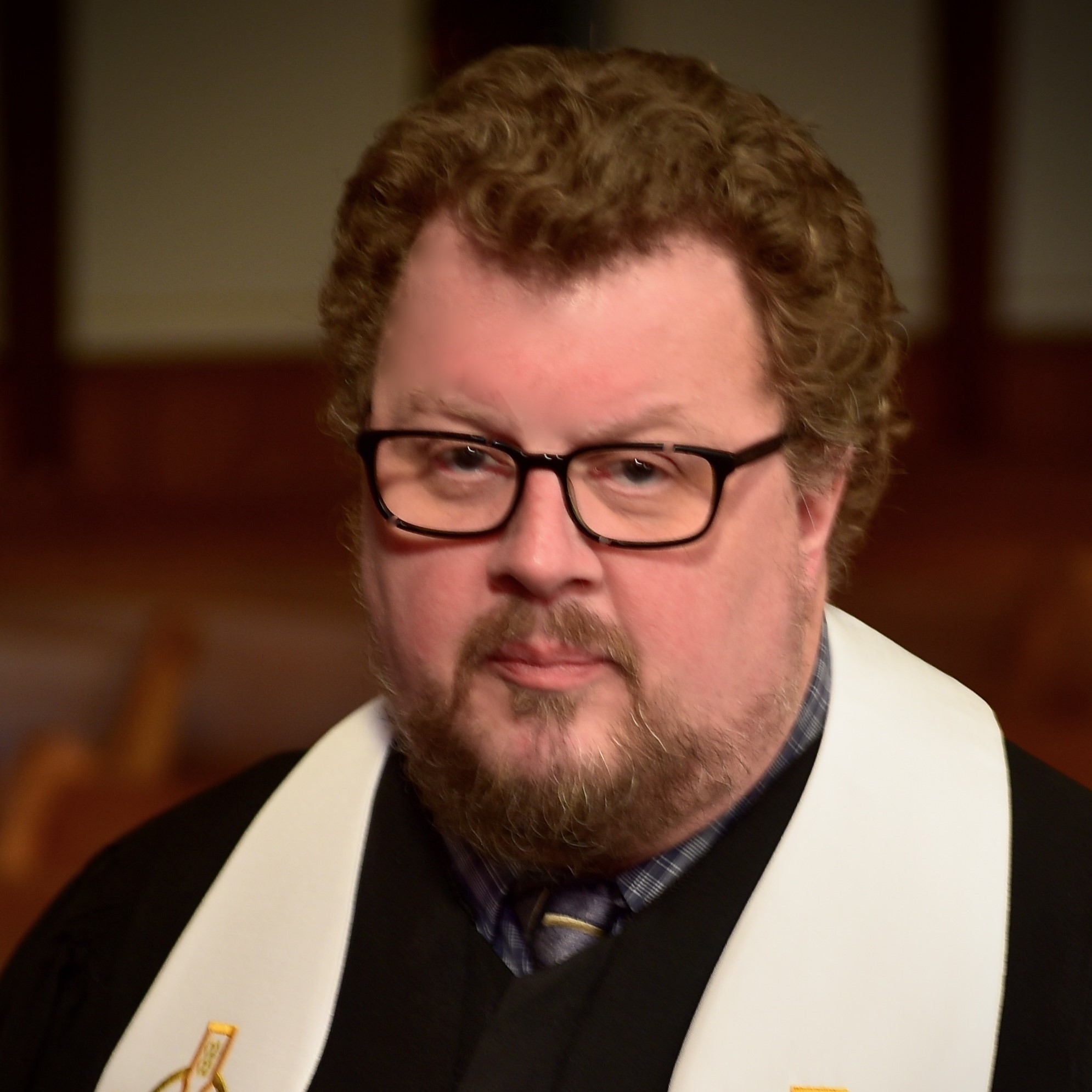 |
We need to examine carefully nonbiblical stories that claim to share details about Jesus’ life.
John wrote, “Jesus, in the presence of his disciples, did many other miraculous signs that are not written in this book. But these are written that you may believe that Jesus is the Christ, the Son of God, and that by believing you may have life in his name” (John 20:30,31). But did the Lord perform miracles apart from the ones recorded in the four gospels? And if we hear stories about such things, how are we to know whether to believe them? Should they be included in the Scriptures? Should those things have an impact on our faith, or should we look at them in the way that we consider any stories or sayings about Jesus that aren’t in the Bible?
Imagined stories
Beginning with a fringe sect known as the Gnostics in the second or third century, stories about so-called childhood miracles of Jesus began to appear in writings. These stories are not part of the Bible and do not support the Bible’s teaching of salvation through faith in Christ alone. This is the core of gnostic theology and teaching. “We have a secret knowledge that you don’t!”
One of these gnostic writings, the Infancy Gospel of Thomas, uses fictional stories of Jesus’ youth to fill in the gaps of information in Jesus’ early life. These stories include Jesus performing miracles as a child.
For example, the five-year-old Jesus was supposed to have made a dozen sparrows from mud on a Sabbath. When “a certain Jew” complained to Joseph that his son “made clay on the Sabbath, which isn’t permissible, and formed twelve sparrows” (The Infancy Gospel of Thomas 2:3), Jesus clapped his hands and made the clay birds alive, and they flew away. But there is no teaching; there are no words to tell us about our Lord or his lordship over the Sabbath Day. There only seems to be a seemingly naughty boy caught breaking a rule
who got rid of the evidence through a trick. Not a very Christlike thing to do!
Another story is about Jesus playing with some boys on a rooftop. A boy fell off and died. The child’s parents accused Jesus of pushing their son. To this, Jesus is supposed to have said, “I didn’t push him,” and then he raised the boy to life. He said, “Rise and say whether I pushed you.” The boy came to life and said, “No, sir,” and then Jesus (the document says) said, “Fall asleep (once again)!” (The Infancy Gospel of Thomas 9:1-3). In this case, the resurrection of the other boy is not to show God’s power to raise the dead so much as to provide a witness for a boy’s innocence or guilt. And instead of the comforting words we have in the biblical accounts of the people Jesus raised from the dead, there is no beautiful “and Jesus gave him to his mother” (Luke 7:15). There is only a dead boy who said a couple of words and then fell dead again. Once again, Jesus in these stories wriggles free from trouble with his power. Isn’t this just what the devil thinks of everything Jesus did? Isn’t this just what sinful minds would do with divine power? The writer of these tales betrays his unbelief and his complete misunderstanding of who Jesus Christ is and what the gospel of forgiveness is all about.
Here is another example: “And the child Jesus was about seven years old, and his mother Mary sent him to fill up water. But there was a great crowd at the water cistern, and the pitcher was struck and broke. But Jesus spread out the cloak he was wearing, filled it with water, and carried it to his mother. And Mary saw what sign Jesus had done. She kissed him, saying, ‘Lord, my God, bless our child,’ because they were afraid lest someone bewitch him” (The Infancy Gospel of Thomas 11:1,2). This little story leaves Mary the mother of Jesus defending her divine son from witchcraft and spells. Does God himself need protection from Satan? It is as if Mary was afraid Jesus might give in to demon possession. The reader could be tempted to think: “How wonderful of Mary to play a role in saving us from our sins by saving Jesus from demons!” The story does not present the Jesus or the Mary of the Holy Scriptures.
Inspired accounts
Two important passages in the book of John teach us the key lessons about stories like these.
- After presenting the account of Jesus changing water into wine, John writes: “This, the beginning of his miraculous signs, Jesus performed in Cana of Galilee. He revealed his glory, and his disciples believed in him” (John 2:11). John wrote this under the inspiration of the Holy Spirit, and Paul tells us that “all Scripture is God breathed and is useful for teaching, for rebuking, for correcting, and for training in righteousness” (2 Timothy 3:16). The miracles recorded in the Bible are the only ones that were done to support our faith.
- Again in his gospel, John writes, “Jesus, in the presence of his disciples, did many other miraculous signs that are not written in this book” (John 20:30). John does not just say that Jesus did indeed perform other miracles. He says that he did those miracles “in the presence of his disciples,” which means that he did not perform miracles before he had those disciples. He began calling his disciples “after John [the Baptist] was put in prison” (Mark 1:14,16). Therefore, we can and should judge whether Jesus performed any miraculous signs as a child. The Holy Scriptures set those stories of childhood miracles, every miraculous thing supposedly done by Jesus before he began his public ministry, firmly outside of the inspired and historical account of Scripture.
One of our early Lutheran teachers, Pastor David Hollaz, wrote: “After the completion of the canon of Scripture there is no new and immediate divine revelation, which would serve as a fundamental principle of knowing the doctrine of faith” (quoted by Adolf Hoenecke, Evangelical Lutheran Dogmatics, p. 268).
Those seemingly innocent little stories about Jesus doing miracles as a boy in Nazareth do not create faith; they cause confusion and stir up doubt. This is not the work of the Holy Spirit. This is not the work of the gospel. Those stories do not lead us closer to Jesus our Savior but further away.
Scripture references used in this article are from the Evangelical Heritage Version.
What does the Bible say about Jesus’ childhood?
The Bible provides a historical narrative of Jesus’ birth, his circumcision and official naming when he was one week old, his presentation in the temple when he was 40 days old, the visit by the Magi, and his round-trip journey to Egypt with Joseph and Mary. Then, the biblical record is silent until the 12-year-old Jesus traveled to Jerusalem for the Passover along with Joseph and Mary.
What follows that incident is an approximately 18-year period of silence on the part of biblical writers. That silence was broken when Jesus was baptized and began his public ministry when he “was about thirty years old” (Luke 3:23).
Where God did not provide information about Jesus’ earthly life through inspired writers, noninspired writers stepped in with their own imagined reports. While those writings might be interesting to read, Christians throughout the ages have rightly concluded that they are not from God. What is in the Bible is from God.
Read more> about the origins and contents of the Bible in Book of Books: A Brief Introduction to the Bible, available at Northwestern Publishing House.
Author: Timothy Smith
Volume 111, Number 1
Issue: January 2024







